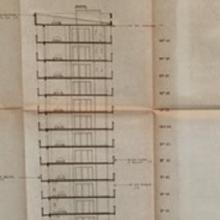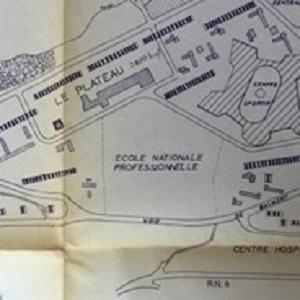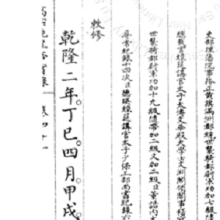Politics

Lord Kitchener, “Birth of Ghana,” 1957
On March 6, 1957, the Gold Coast Colony declared its independence from Britain and became Ghana, the first West African nation to break from European colonial rule.

Social Capital in World History: Lyon and Pittsburgh as Examples
Lyon, France, and Pittsburgh, Pennsylvania, are connected by the thread of social capital, or people power. This essay situates social capital as an non-financial asset possessed by people who have little wealth, but who use a variety of strategies to facilitate community improvements.

Social Housing development in France
In addition to La Duchère, other social housing developments in greater Lyon included Les Minguettes in Vénissieux, where 9,200 units for 35,000 residents were constructed between 1966 and 1973, and the 8,300-unit Mas du Taureau, built between 1970 and 1980 (in addition to La Grappinière, with a

Picture of civil rights activist, Djida Tazdaït
One of the realizations of the 1983 March for Equality and Against Racism was the election to the new European Parliament the Lyon-based civil rights activist, Djida Tazdaït (1957- ).

Plans for Social Housing in France
Most of the new housing was constructed on cities’ fringes, or on adjacent farmland just outside the central city, by a quasi-public company known by its French initials SCIC (Société central immobilière de la Caisse des dépôts, or Central Real Estate Company of the Deposits and Consignments Fund

The mayor of Lyon, France drives a bulldozer to initiate construction of social housing
The headline reads, in English, “Aboard a bulldozer, Mr.

SOS Avenir Minguettes President Toumi Djaïdja in Lyon, France
Toumi Djaïdja (third from right) in Lyon, 1983. Source: Le Progrès photo archives.

Pittsburgh News Coverage of the Community Reinvestment Group
"PCRG challenges financial institution lending practices,” Pittsburgh, Dec. 22, 1993.

Veritable Records of the Chosŏn Dynasty
In the twenty-first century, we are used to post-Westphalian norms of inter-state equality and noninterference. These norms, however, did not apply to interstate relations between the Qing empire and its tributary states.

Short Teaching Module: Translation and a World History of the Qing Empire
In 1953, L. P. Hartley famously wrote: “The past is a foreign country: they do things differently there." His observation is particularly relevant for world historians, who have to engage in translation projects to bridge the distance between our world and the worlds of our historical actors.